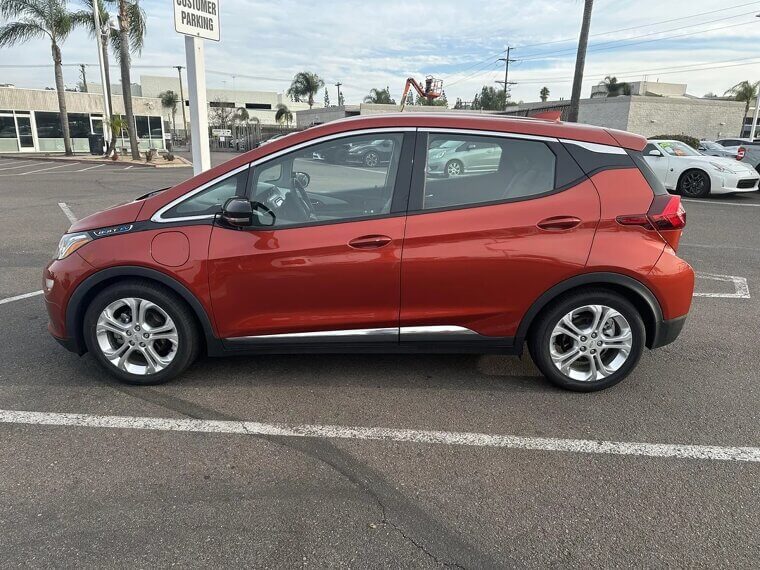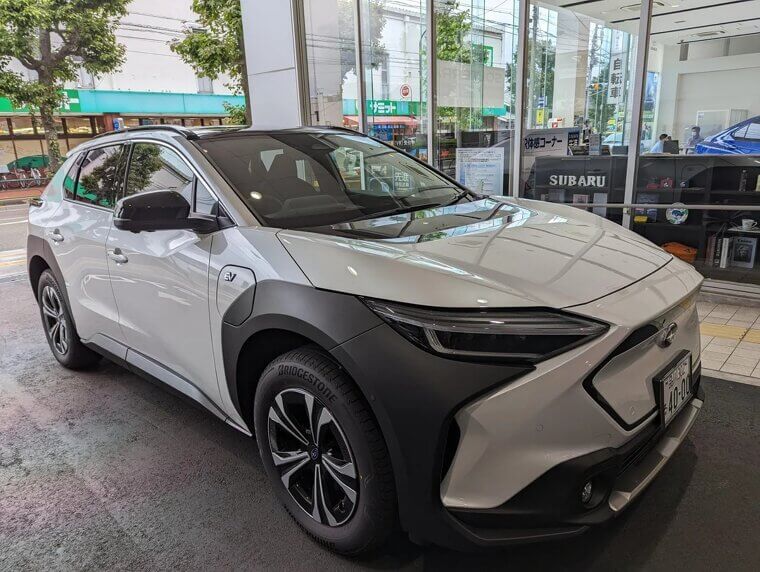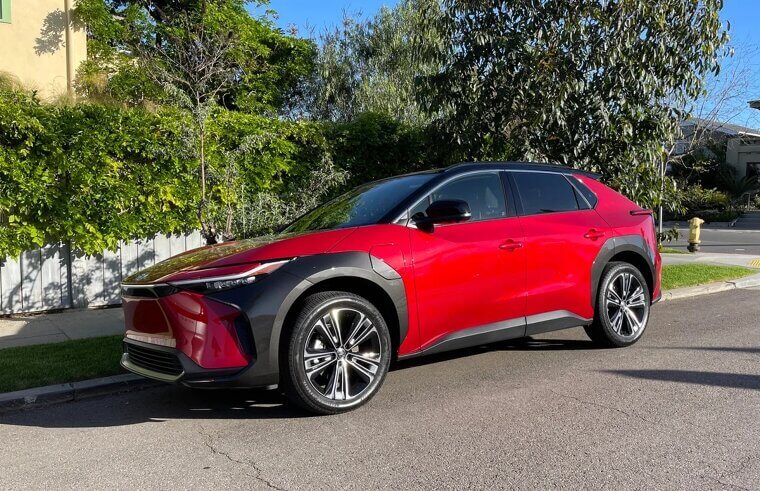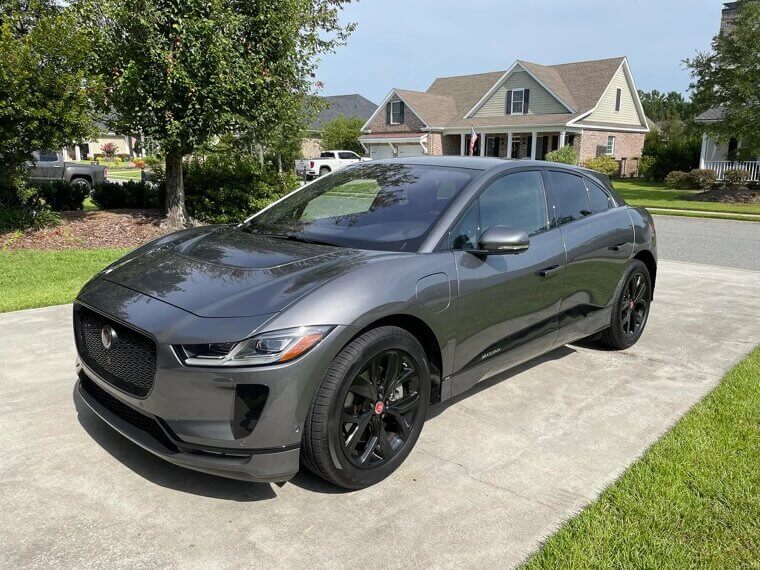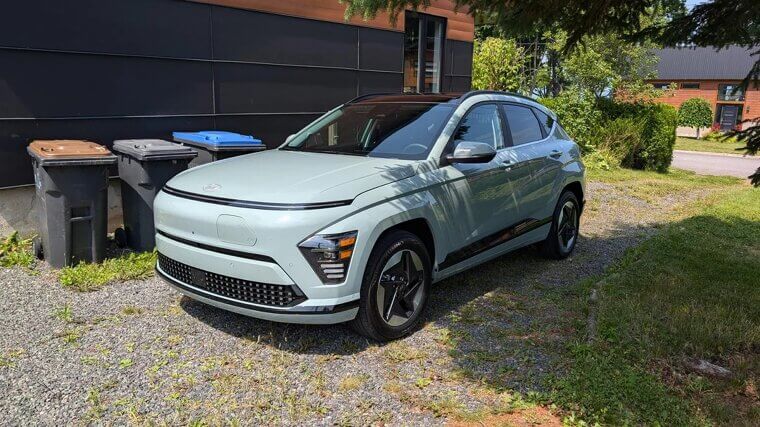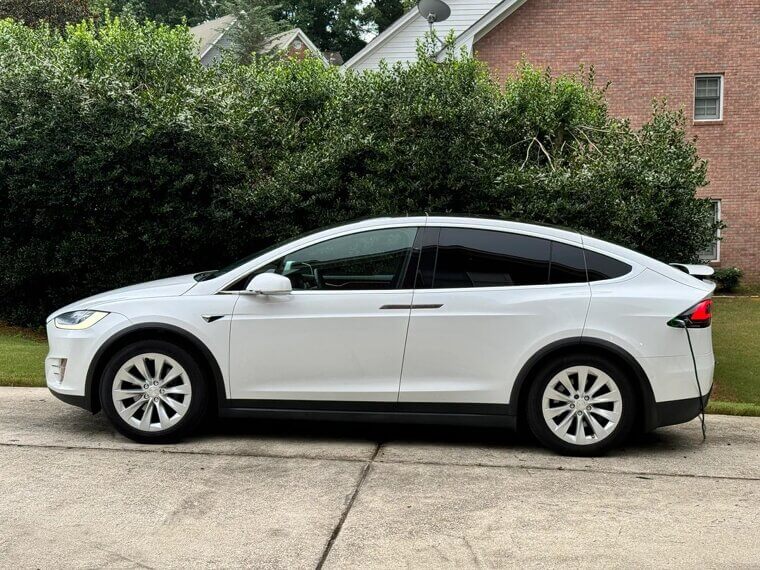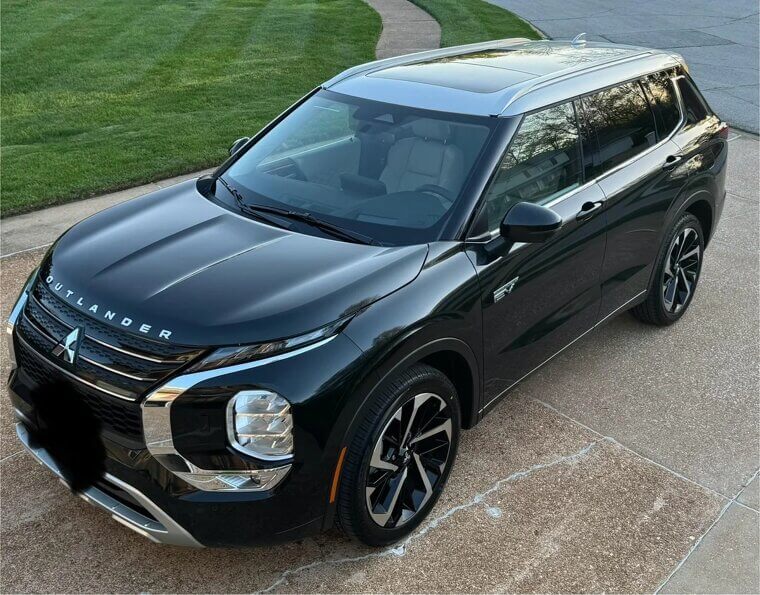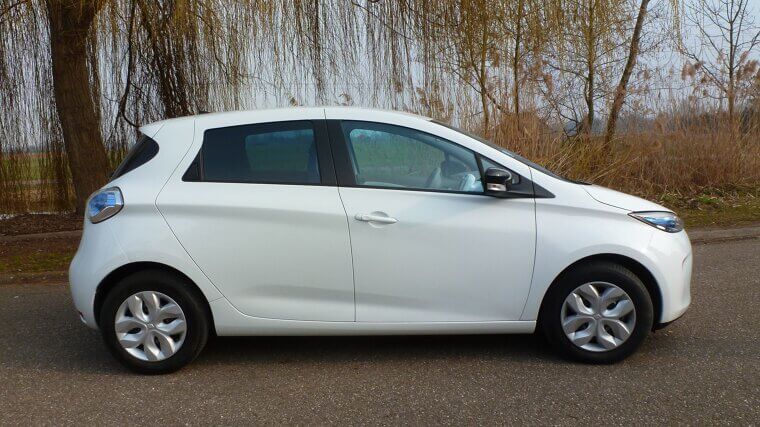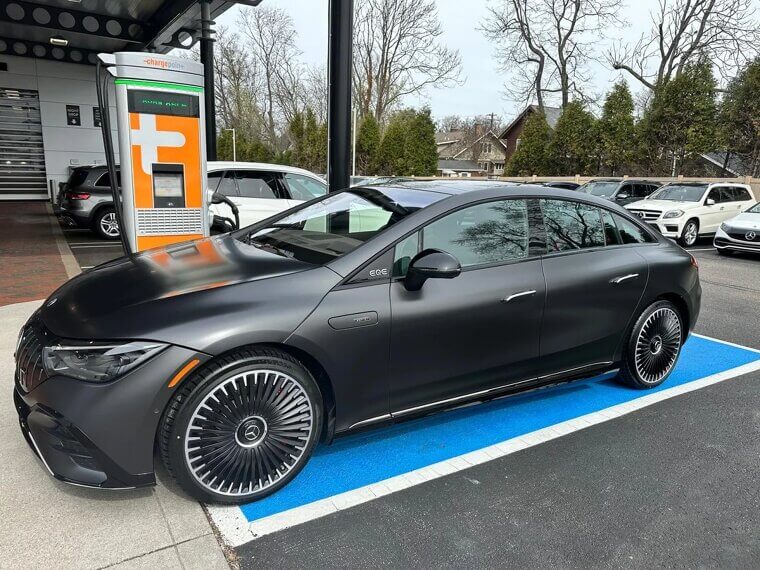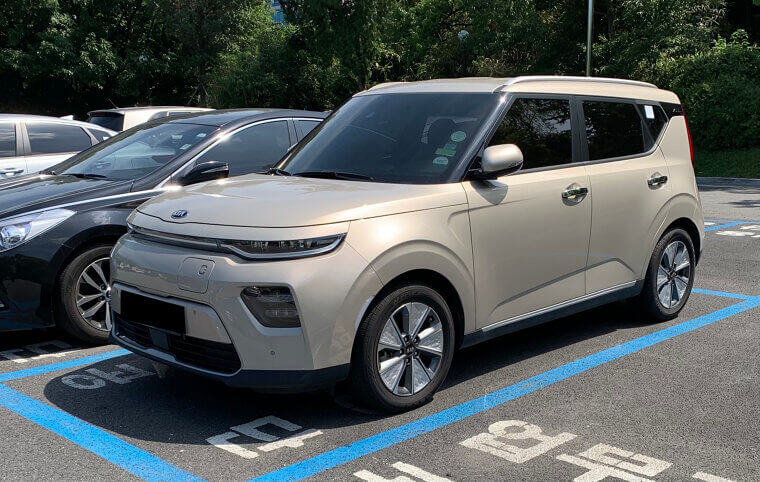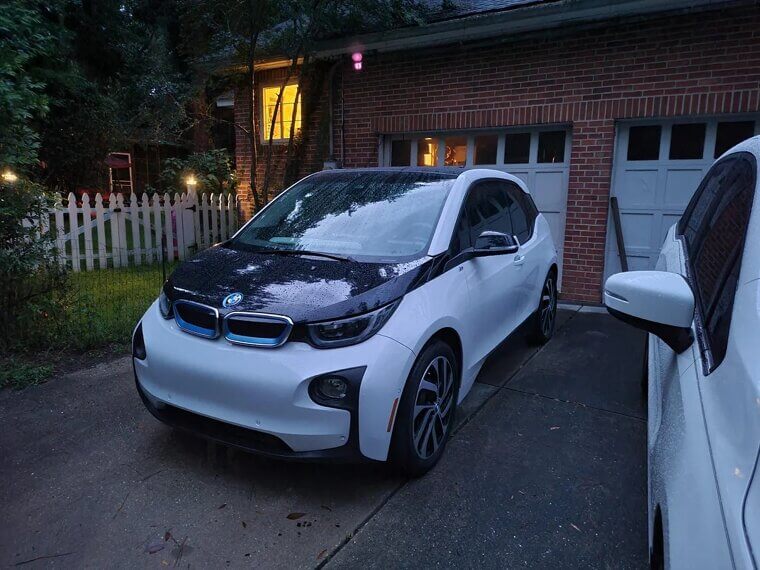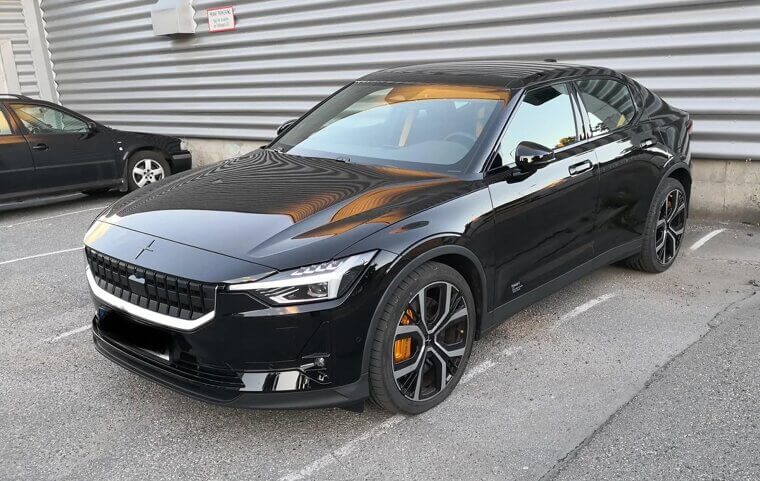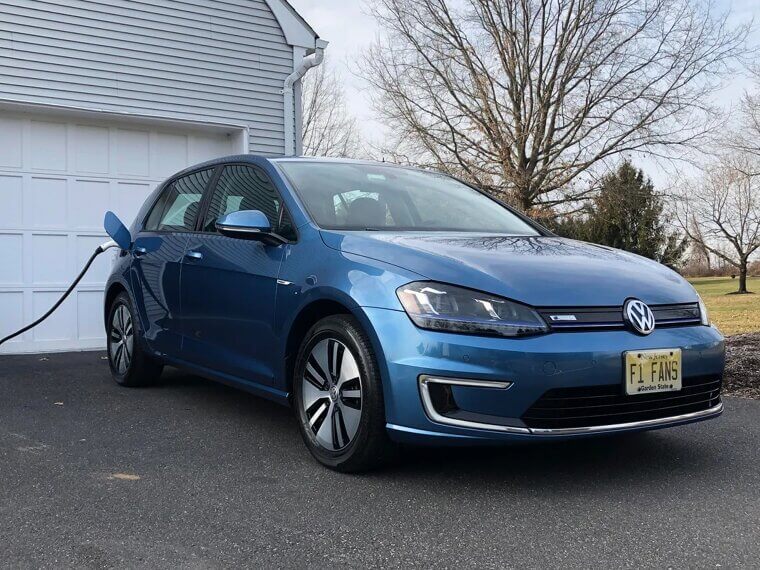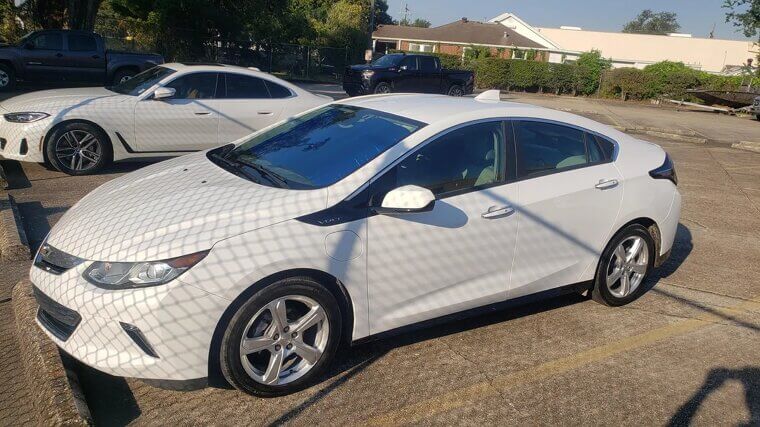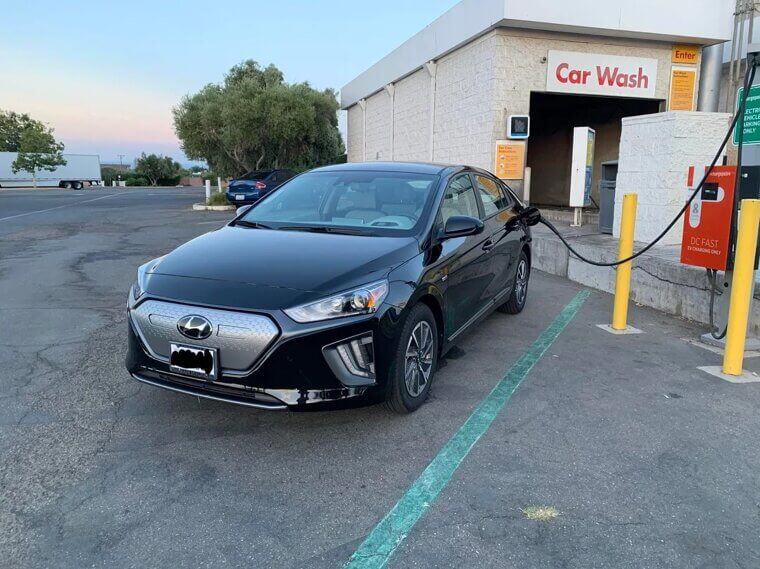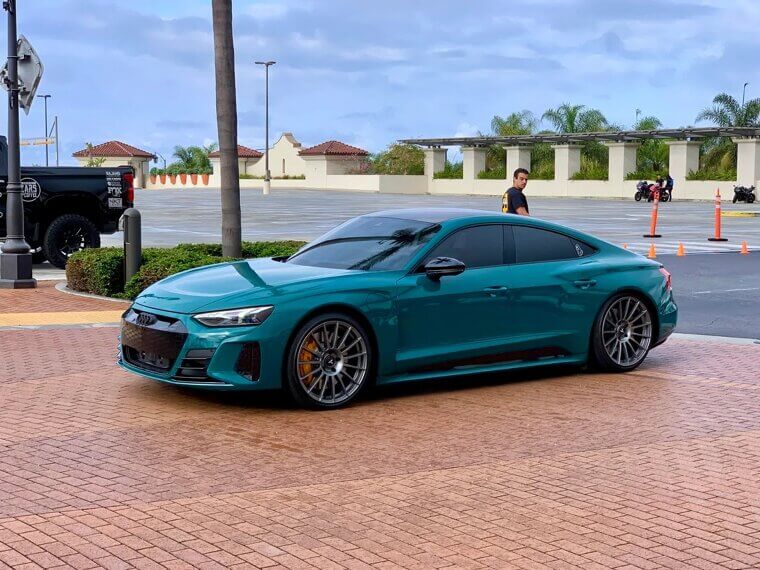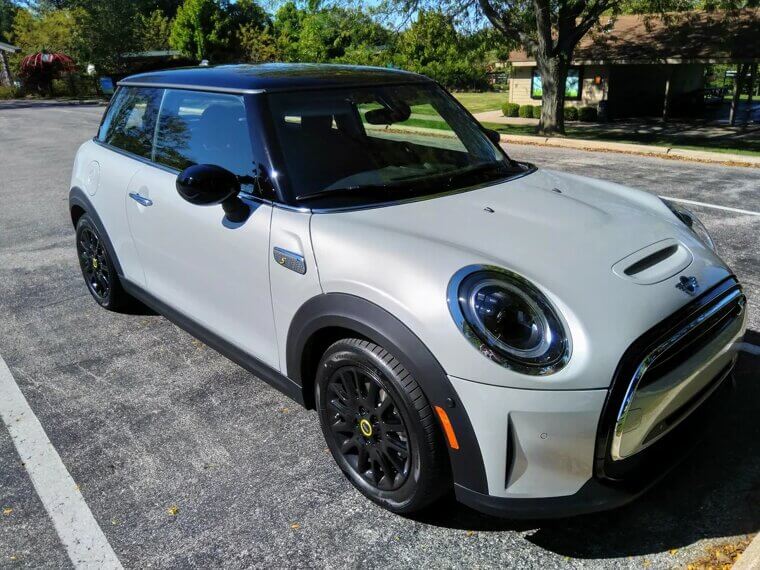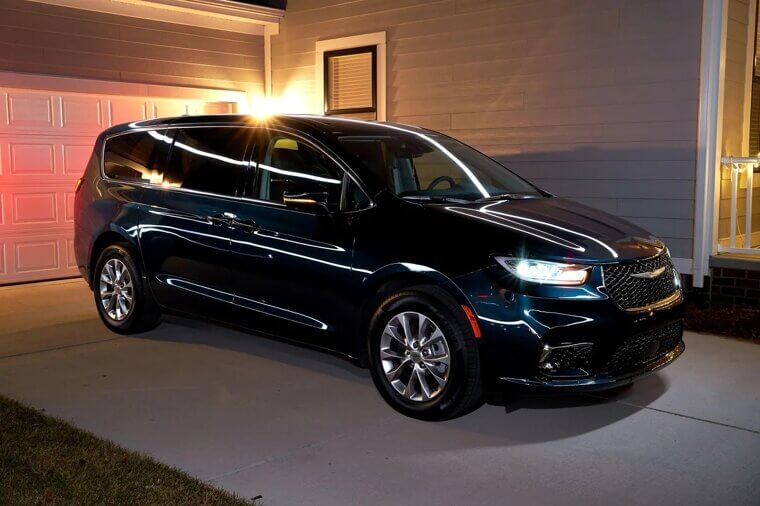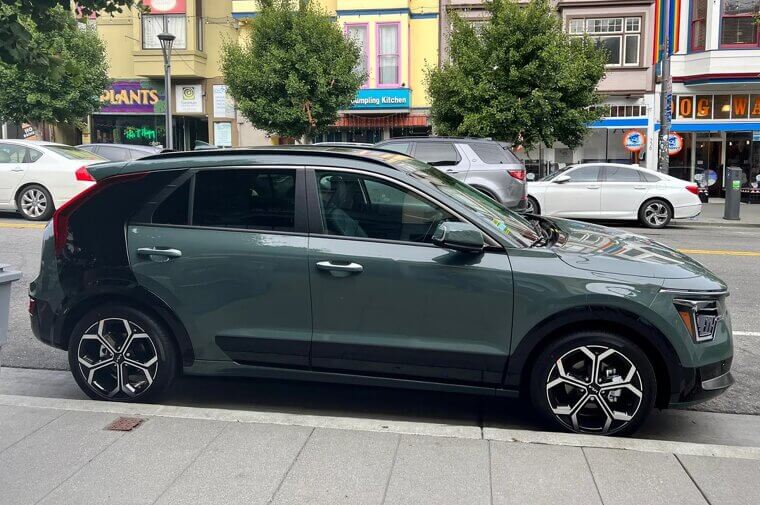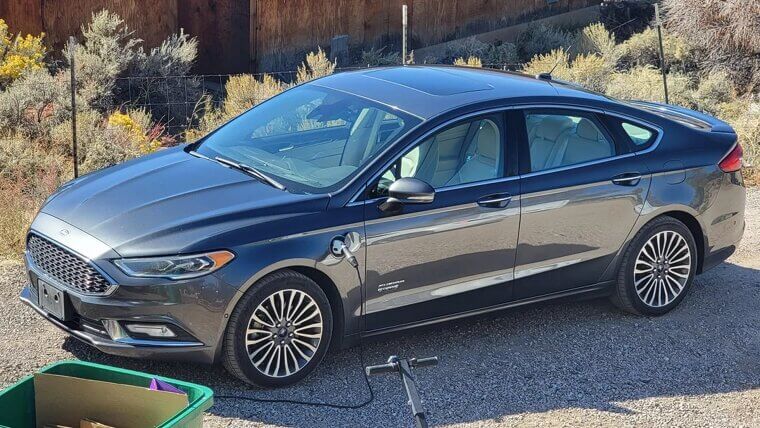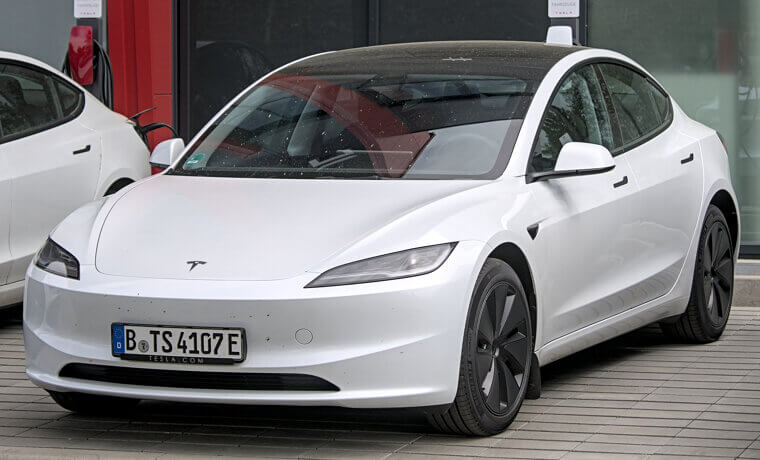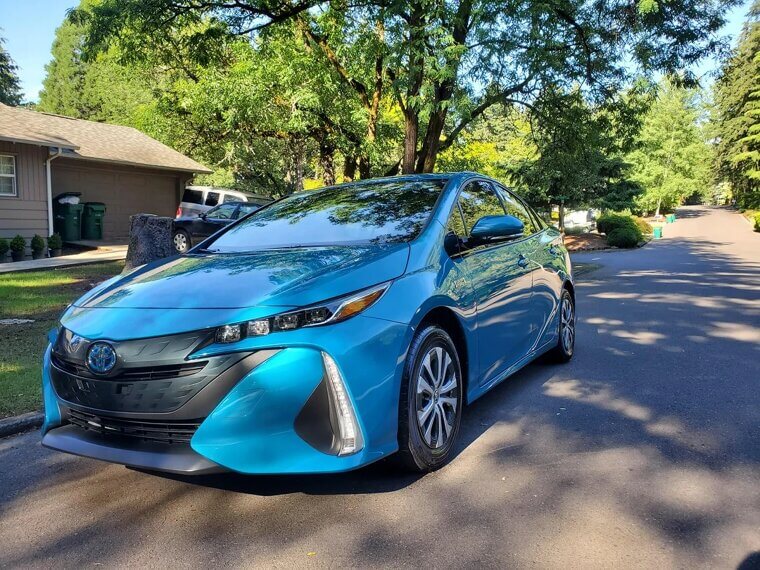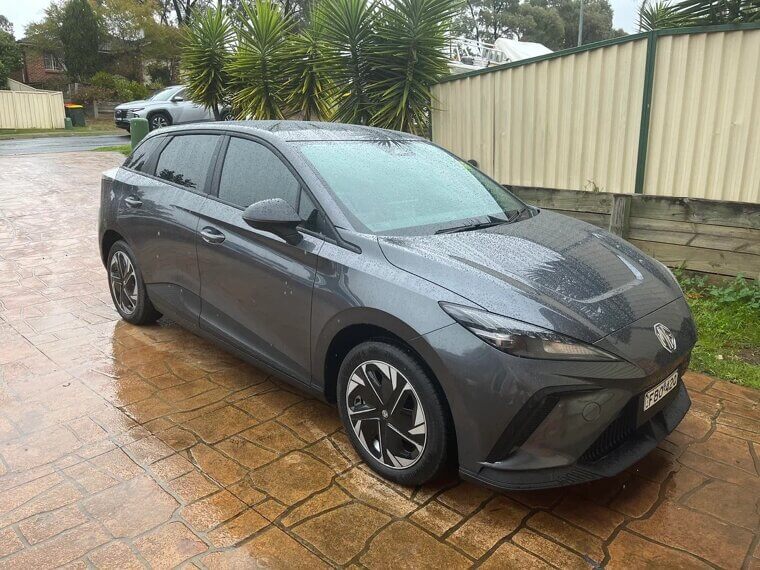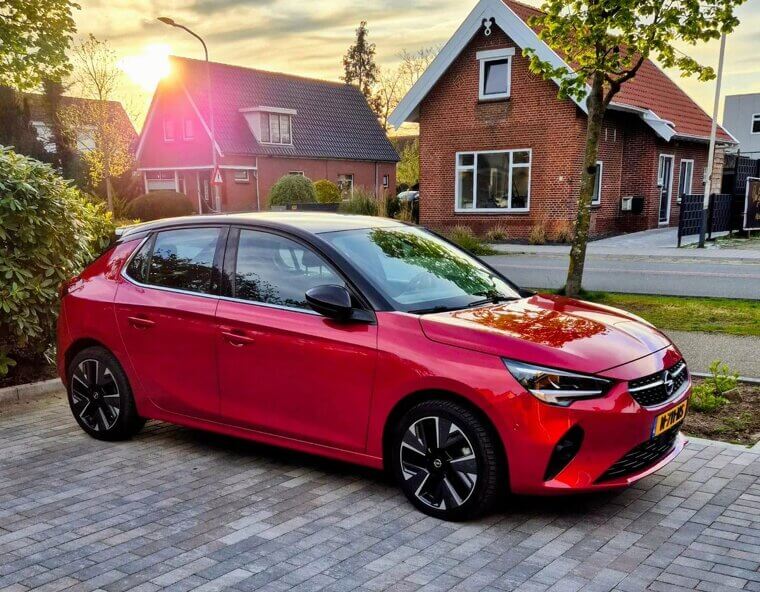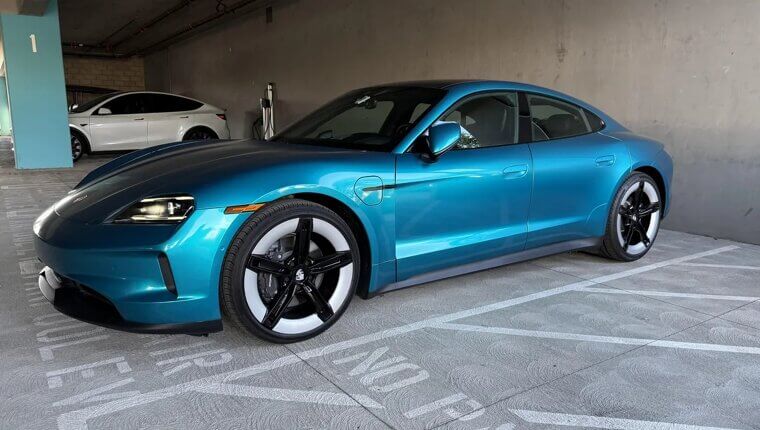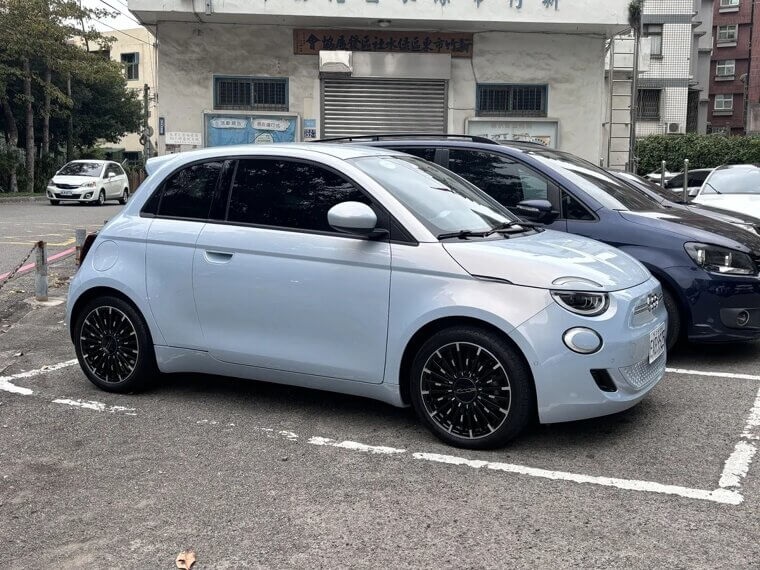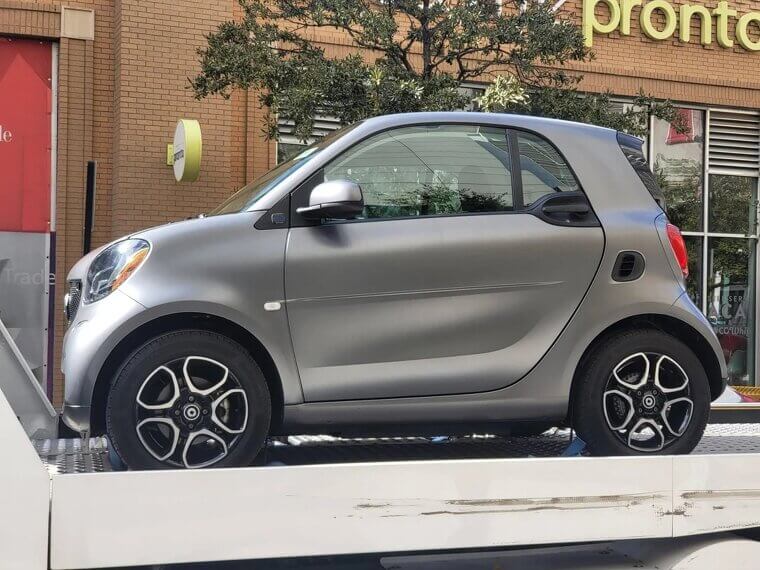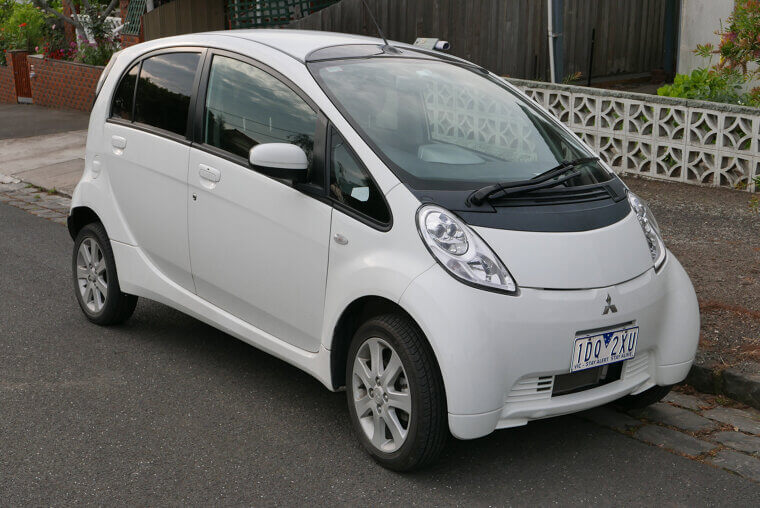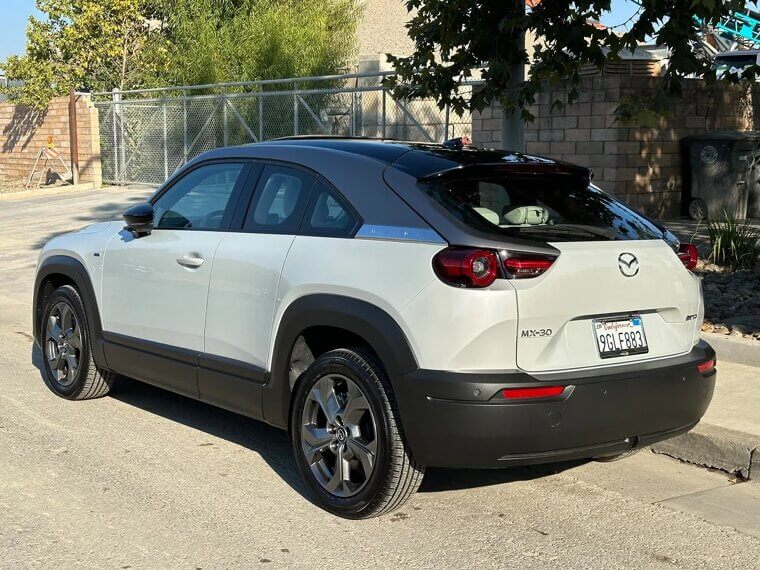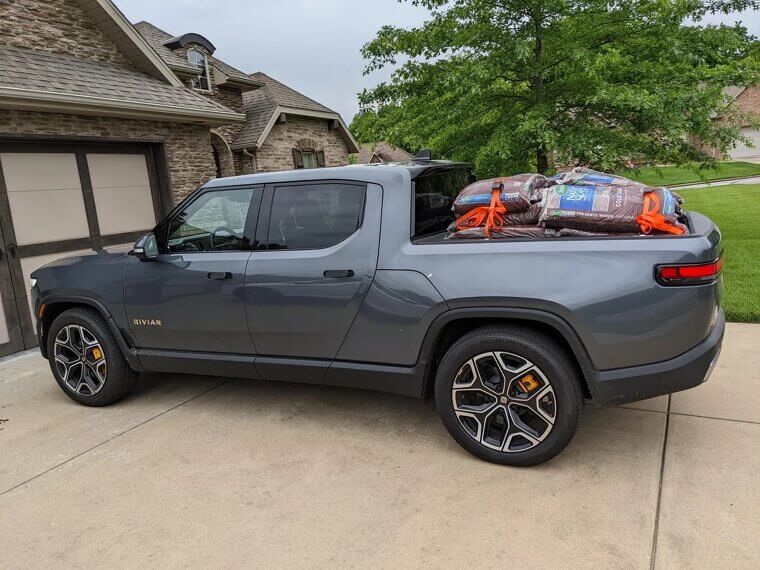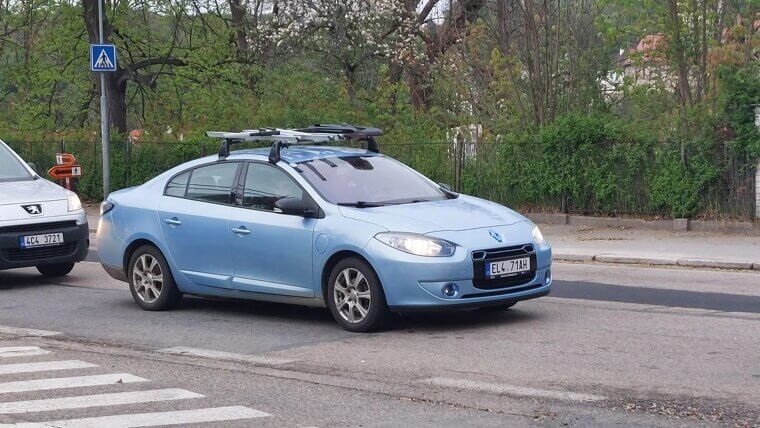Chevrolet Bolt EV
The Chevrolet Bolt EV uses energy-dense LG Chem cells that have proven themselves to be very unstable over the years. It also has high charging demands that work the battery pack overtime, gradually shortening its lifespan and causing several models to be recalled.
Reva G-Wiz
One of the earliest (and weirdest-looking!) EVs, the Reva G-Wiz, used primitive lead-acid and lithium battery packs for power. With minimal thermal management and inefficient technology, these batteries degrade quickly, leaving owners out of pocket as they try to replace them every few years.
Nissan Leaf
If you know anything about EVs, you’ll know that the Nissan Leaf has quite a reputation for being unreliable. It suffers from premature battery degradation due to its lack of liquid thermal management, resulting in passive air cooling that causes it to overheat and fail.
Subaru Solterra
The Subaru Solterra was built on Toyota’s platform, so it inherited a few thermal quirks that are problematic. Its modest battery cooling, coupled with its heavy weight, puts the engine under a lot of stress, and, over time, the 12-volt battery can’t withstand it anymore.
Toyota BZ4X
This is one big car, so you’d expect it to have a large and efficient battery. Sadly, that’s not the case, as the BZ4X has an underdeveloped cooling system that struggles to cope with excessive thermal build-up. Drivers often report quicker-than-expected range loss and other battery issues.
Jaguar I-PACE
Despite being a luxury EV, the Jaguar i-PACE is pretty inefficient. Its liquid-cooled battery system struggles under high loads, and rapid-charging heat buildup accelerates capacity degradation. As a result, the battery is underwhelming and starts to degrade within the first few years.
Hyundai Kona Electric
It’s great up-front, but don't be fooled! The Hyundai Kona Electric relies on a 12V battery that regularly fails to meet expectations because it’s so sensitive to heat and charging patterns. A lack of thermal regulation leads to quicker range reduction compared with newer EVs.
Tesla Model X
It looks sharp and sophisticated, but the Model X’s high-performance design strains its battery from the very first rev. Frequent, fast charging, and heavy energy usage cause it to heat up excessively, and even Tesla’s advanced cooling can’t stop the degradation.
Mitsubishi Outlander PHEV
This plug-in hybrid puts price and rugged packaging over advanced thermal design, to the detriment of its small electric battery. It’s frequently cycled, which triggers degradation, and the Outlander PHEV’s lackluster cooling system only worsens the issue over time, gradually shrinking its range.
Renault Zoe
It’s a top electric car, but the Renault Zoe isn’t without its issues. It was initially shipped with air-cooled batteries, making it vulnerable to heat-related degradation. Even worse, its extensive charging needs encouraged further wear and tear that cut the Zoe’s battery lifespan short.
Mercedes-Benz EQE
We all love a bit of luxury, but the Mercedes-Benz EQE falls short on the battery front. It’s a heavy car with a high-performance engine that regularly strains the battery. While liquid cooling helps, frequent charging and heating cycles reduce its efficiency and lead to permanent decline.
Kia Soul EV
The original Kia Soul was a hit, so turning it into an EV was a no-brainer. But it came with modest cooling systems that underestimate just how quickly the battery would degrade due to its frequent charging cycles. Over the years, drivers have reported significant range and power loss.
BMW I3
We’ll give it to the BMW i3: it was an innovative, modern pioneer, but it needed a better battery to keep up with its performance. It used early-generation lithium-ion cells that got very hot, particularly with the i3’s limited cooling capacity, and rapidly degraded across the car’s lifespan.
Polestar 2
The Polestar 2 is a beast of a hatchback, but its weight and spirited driving style put additional strain on its battery. It has a decent cooling system, but even that can’t fully offset degradation, leading to a noticeable decline in capacity over time.
Volkswagen E-Golf
Adapted from a combustion model, the Volkswagen e-Golf is a stylish EV with terrible battery chemistry and limited efficiency support. Many e-Golf drivers find that the battery degrades at an accelerated rate, which makes them hesitate to use their cars as much as they’d like.
Chevrolet Volt
The Chevrolet Volt was a pioneering plug-in hybrid, but, like the Bolt, it featured a weak battery pack that degrades with each cycle. Even with the car’s liquid cooling system, the battery is too small to sustain itself in the long term, cutting its lifespan short in many cases.
Hyundai Ioniq PHEV
For such a bold car, the Hyundai Ioniq PHEV uses a very modest battery that slowly depletes every time it is run. Limited cooling and frequent charging add extra stress that eats away at the Ioniq PHEV’s range and lifespan.
Audi E-Tron
It’s an exciting speedster, but, sadly, the Audi E-Tron has questionable long-term efficiency. It demands a lot from its battery and needs to be charged frequently, which generates a lot of heat and cuts the E-Tron’s range down prematurely, eventually causing total battery degradation.
Mini Cooper SE
This Mini isn’t quite so mini anymore, but the Cooper SE’s battery hasn’t been sized up like the rest of it. As a result, it has a limited range and a limited cooling system, which leads to a quicker capacity decline compared to other, more robust EVs.
Chrysler Pacifica
It’s a popular plug-in hybrid minivan, but there’s one thing that lets the Chrysler Pacifica down: its small, heavily-cycled battery. The van’s cooling architecture is too basic to adequately protect the pack, and many drivers find that its all-electric range is significantly reduced after only a few years.
Kia Niro PHEV
The Kia Niro PHEV relies on a modest-sized battery, and while this might be fine for moderate usage, it’s not powerful enough for daily driving. Like many other EVs, the Niro PHEV also lacks an adequate cooling system, leading to gradual capacity degradation.
Ford Fusion Energi
The Ford Fusion Energi is a great, affordable option, but are you really saving if you need to fund multiple battery replacements? The issue is the battery pack’s small size and basic thermal regulation, which cause it to degrade within a few years of regular commuting.
Tesla Model 3
Tesla is one of the best EV brands because its cooling systems are exceptionally robust. So, what went wrong with the Model 3? It was simply too performance-focused, and excessive charging, fast driving, and high mileage all stressed out the battery and cut its lifespan.
Toyota Prius Prime
Toyota is known for producing reliable cars, but even its innovative hybrid technology can’t handle the heavy cycling required to charge up the Prius Prime. This phenomenal car has a surprisingly compact battery that struggles to keep up with its power, abruptly shortening its EV range.
MG4 EV
The MG4 EV has looks, bulk, and power; if only its battery were more sophisticated. It gets hot fast and struggles to cool off, even while recharging, which impacts its initially impressive range and leads to premature decline, especially in comparison to other high-end rivals.
Opel Corsa Electric
Built on a multi-energy platform, the Opel Corsa Electric doesn’t maximize efficiency at all. It has a very modest cooling system that can’t compete with the pressure put on its battery, and owners often report quicker-than-average signs of degradation.
Porsche Taycan
The Porsche Taycan is a dream to drive, but it’s a very demanding car that regularly pushes its battery to the limit. Whether it’s accelerating on the roads or charging in the garage, the Taycan is constantly working its battery and stressing it into an early grave.
Fiat 500e
Like its gas-powered parent model, the Fiat 500e is a compact car with an even more compact internal system. As a commuter car, it needs to be charged more frequently than many others, with deep cycles that speed up degradation after just a few years.
Smart EQ Fortwo
This quirky, city-focused EV uses a very small pack, which forces regular full charging cycles. The Smart EQ Fortwo also lacks proper thermal management, so the battery declines relatively quickly, especially with consistent use. It's a shame because it’s an otherwise excellent EV.
Changli EV Pickup
We’re pleased to see a micro-budget EV becoming more mainstream, but the Changli Pickup is affordable for a reason. It employs inexpensive battery chemistry and minimal cooling features, resulting in a battery with an unfortunately limited lifespan and reduced overall use.
Mitsubishi I-MiEV
It was one of the earliest mainstream EVs, so we can forgive the i-MiEV for using more basic technology. With a larger-capacity battery pack and better cooling, it would be more capable of sustaining itself, but it currently has one of the shortest-lived EV batteries in history.
Mazda MX-30
One of the biggest criticisms of the Mazda MX-30 is its small battery, which is cycled heavily during daily use. With only moderate thermal regulation, the pack quickly endures stress, and its capacity only worsens over time as the battery becomes increasingly degraded.
GMC Hummer EV
The GMC Hummer EV’s massive size and power demand a lot from its battery, so we’re not surprised its battery gets so stressed! It needs to be charged all the time and constantly provides large amounts of energy, which, slowly but surely, eats away at its lifespan.
Rivian R1T
The Rivian R1T is built for off-road performance and can haul heavy loads, but its battery can only withstand the pressure for so long. It has an advanced cooling system, but even that cannot compete with the constant charging and usage, both of which cause accelerated degradation.
Renault Fluence ZE
The Renault Fluence ZE was a disaster from the start, but its limited, air-cooled battery was definitely its worst feature. Drivers complained of significant early range reduction, reflecting the ZE’s outdated battery design and inadequate electric technology. It was a huge missed opportunity.

